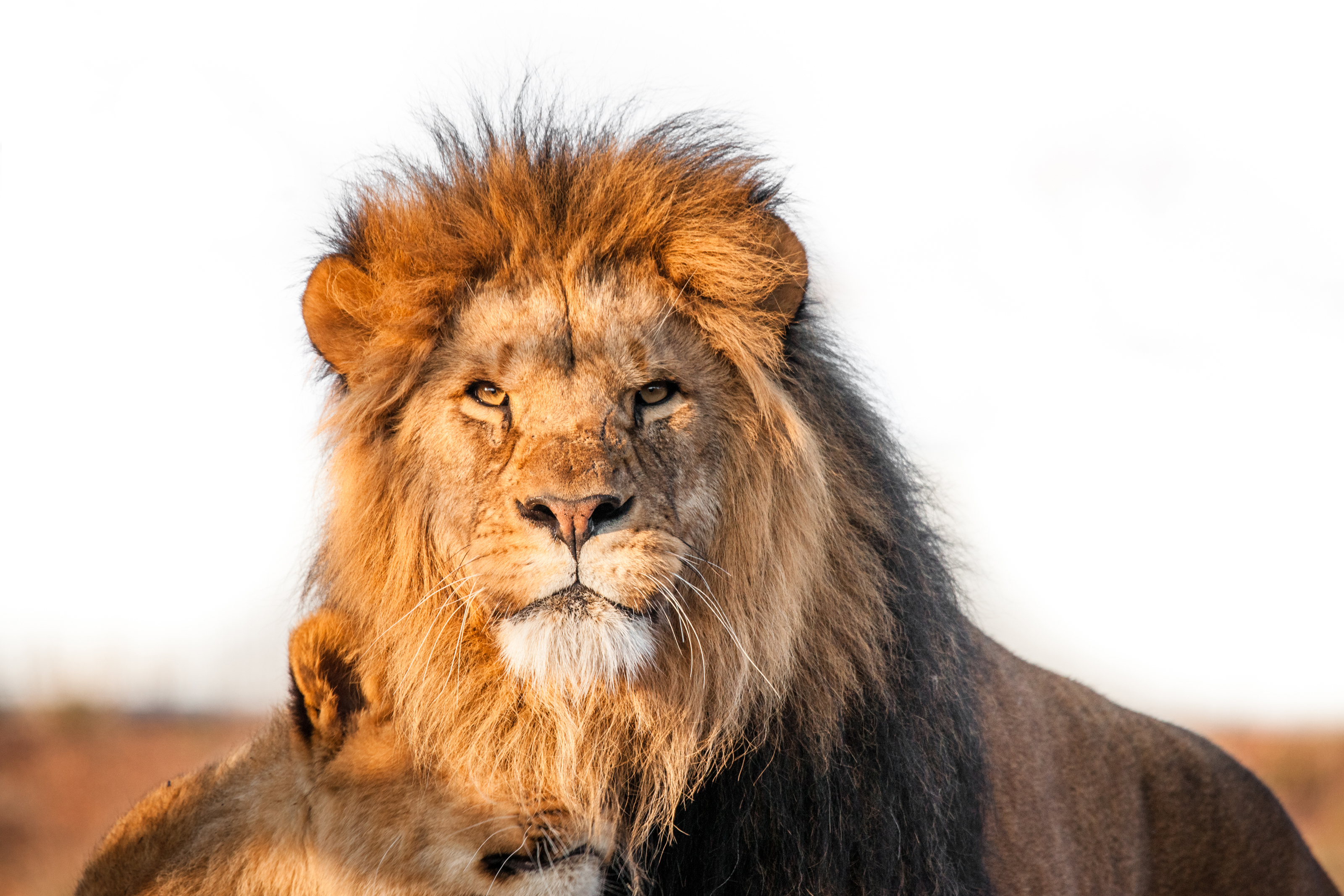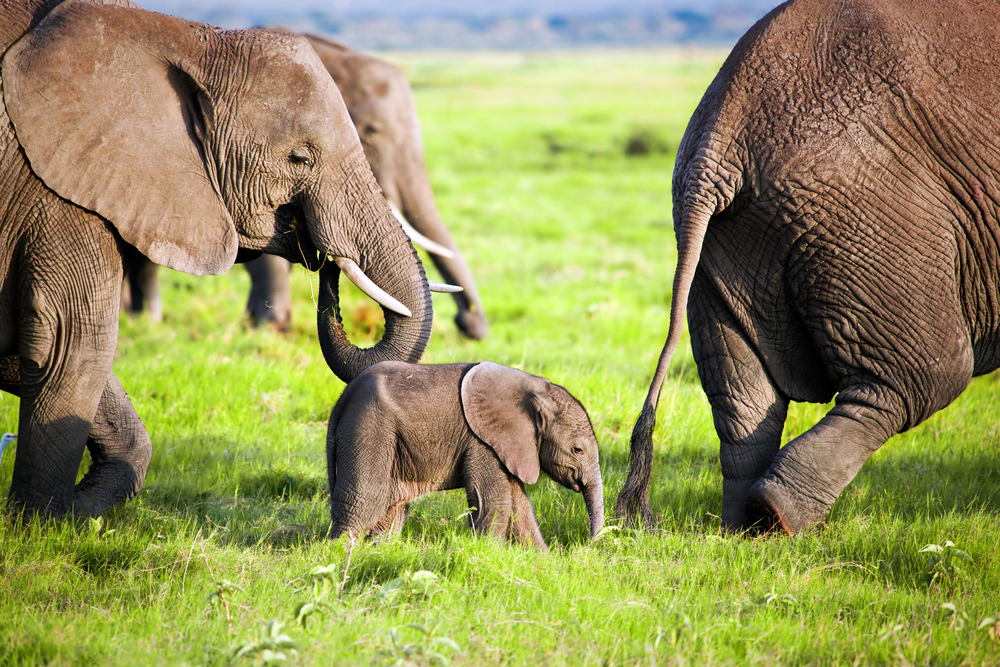-
Arusha, Tanzania
Welcome to Kilimanjaro International Airport. You will proceed through Immigration, collect your baggage and clear customs. Exiting the Customs & Immigrations Hall, look out for a uniformed Big Five Tours & Expeditions driver/guide who will assist you with your luggage and transfer you to your hotel.
- Arusha Coffee Lodge (D)
-
Arusha
Spend the day enjoying the unique setting of your accommodation. Fine cuisine and roaring fires beckon to the most seasoned traveler, making this the ideal place to relax and rejuvenate before you set out on your East Africa adventure. Relax around the swimming pool, enjoy a sundowner at the Safari Bar, or unwind after a delectable meal in the lounge by the fire.
- Arusha Coffee Lodge (B,L,D)
-
Day 3: Arusha / Mt. Kilimanjaro / Rongai Gate (6,550 ft. / 2,000 m) / Rongai First Caves Camp (9,285 ft. / 2,830 m)
Depart early this morning for a five-hour road transfer to the Rongai gate, the starting point for your Mt. Kilimanjaro trek. After completion of administrative formalities and meeting with porters and guides, you set out on a three-to four-hour walk to the first camp. Walk at a leisurely pace through fields and then into the rain forest before arriving at your camp set in the heather. Your mess tent and a hot meal will be waiting.
- First Caves Camp (B,L,D)
Important Note: The accommodations on the Kilimanjaro Trek are very basic, however, the climb is based on private services with your own crew of guides. Safety Equipment: Hyperbaric Chamber; oxygen for emergency use (for groups of 6+, 2 kits (100l medical oxygen bottle, regulator & masks) are provided); and pulse-oximeter (to allow climbers to check their blood oxygen levels); mobile phones carried by the head guide and all assistant guides for daily communications with base in Arusha.
All guides carry extra batteries for their phones; satellite phone-carried by the head guide for emergencies (only on Lemosho and Rongai Routes); VHF 2-way handheld radios (with extra batteries) carried for quick communication between head and assistant guides; stretcher and convertible litter; comprehensive medical/first aid kits (as per WFR/NOLS USA guidelines); professional Mountain Guides, all head guides (at least 1 per trip) currently certified by NOLS USA as WFR (Wilderness First Responder); ratio of at least one guide for every three guests, to ensure personalized attention.
-
Rongai First Caves Camp / Rongai Second Caves Camp (11,300 ft. / 3,450 m)
A four-to five-hour trek through the heather will bring you to Second Caves. If the weather is clear, Mawenzi will be in view; a stunning sight. Enjoy stopping to see the exotic heather-zone flowers and plants which grow alongside the trail.
- Rongai Second Caves Camp (B,L,D)
-
Rongai Second Caves Camp / Kikelewa Caves Camp (11,800 ft. / 3600 m)
Today is a short trek designed to help you acclimatize. A smaller track leads off the main trail through the moorland and towards Mawenzi’s steeply rising slopes. The trekking time is about three to five hours, arriving in camp for a hot lunch, and a chance to continue to acclimatize while exploring the surrounding landscape of bizarre plants and rock formations and caves.
- Kikelewa Caves Camp (B,L,D)
-
Kikelewa Caves Camp / Mawenzi Tarn Camp (14,160 ft. / 4,315 m)
Today, you trek from the moorland into the stark highland desert towards Mawenzi. These trails are not frequented by many tourists. From the Tarn Campsite you will enjoy magnificent views across the saddle towards Kibo – your final target. Total trekking time is four to seven hours.
- Mawenzi Tarn Camp (B,L,D)
-
Mawenzi Tarn Camp / Outward Bound Camp (15,585 ft. / 4,750 m)
The trekking time today is five to seven hours during a relatively easy hike across the wide saddle between Mawenzi and Kibo. The trek takes you across the massive saddle. The crossing is impressive and the landscape spectacularly stark. Prepare all your gear for the next day ahead, and turn in early.
- Outward Bound Camp (B,L,D)
-
Outward Bound Camp / Uhuru Peak (19,340 ft. / 5,895 m) / Crater Camp (18,800 ft. / 5,730 m)
A 5am wake-up call is the start of an intense day of trekking, beginning by trekking up a winding path. From your camp to the rim of the crater, Gillman’s Point (18,750 ft. / 5,712 m), to Uhuru Peak takes about seven to eight hours. The slope is steep, and follows switchbacks over loose rock and scree with some boulders as you near Gilman’s Point. Stop at Hans Meyer Cave on the way. Once you arrive at Gilman’s Point, the trail to the summit is less demanding.
You have another one-to two-hour walk along the snowy crater rim (depending on the season). Arrive at the summit in the early afternoon. There are no other travelers there at that time. From the summit, it is a short descent down into Crater Camp. The camp is set in soft sands near the retreating vertical ice walls of the Furtwangler Glacier. Rest and enjoy snacks and hot drinks in the mess tent. Opt to explore the strange landscapes of the inner crater, visit Reusch Crater, the ash pit, and the glaciers. You are among the very few who ever experience the summit zone of Kilimanjaro in this way.
- Crater Camp (B,L,D)
-
Crater Camp / Horombo Camp (10,200 ft. / 3,110 m)
Trek across the crater floor's lunar landscape to Gilman’s Point. A steep decent takes you to Kibo hut, about three hours, where you pause to rest and eat before setting out on another three-to four-hour walk to reach Horombo Camp. The trekking time from Crater Camp to Horombo camp.
- Horombo Camp (B,L,D)
-
Horombo Camp / Marangu Gate (5,900 ft. / 1,800 m) / Arusha
Descend straight to the gate, between five and six hours, where you’ll have lunch and will be awarded climbing certificates. Transfer back to Arusha for a much-welcomed shower and restful night.
- Arusha Coffee Lodge (B,L,D)
-
Arusha / Nairobi / Olare Orok Conservancy
Transfer to Kilimanjaro Airport this morning and board your private Cessna 402 from Kilimanjaro Airport to Nairobi’s Wilson Airport. Clear immigration and customs before continuing on your private flight to the Olare Orok Conservancy, bordering the Masai Mara Game Reserve. Enjoy the panoramas of the Great Rift Valley from the window of your plane as you wing your way to the Masai Mara Game Reserve, Kenya's most precious wildlife sanctuary.
On arrival at the Olare Orok airstrip, you are transferred to your camp, one of just three camps operating within the conservancy. With only one guest room per 700 acres, the conservancy boasts the region's lowest vehicle density, which means you avoid the large number of minibuses and people that can be found in the main areas of Masai Mara Game Reserve. You enjoy a more authentic safari experience in a private vehicle. Until recently, Olare Orok’s 30,000 acres of prime rolling grasslands and riverine forest were filled with rural homesteads and large herds of cattle and goats.
The ecosystem was being overgrazed, risking the sustenance of both wildlife and cattle. Sustainability was at risk for the land, people and wildlife. Today, the homesteads, cattle and goats have moved, and herd sizes have been reduced accordingly. The conservancy has become a haven for big cats, a migration route that now offers some of East Africa's finest year-round game viewing. Nature walks and night game drives are a bonus here as these activities are not allowed in national game reserves.
- Mara Plains Camp (B,L,D)
-
Olare Orok Conservancy
During morning and afternoon game drives, you explore savannas spotted with herds of buffalo, wildebeest, hartebeest, impala and gazelle. Dense thorn bush may hide browsing black rhino, and large numbers of giraffe and elephant patrol the edge of the woods. Hippos gather in the Mara River. Here, lion prides may be up to 20 strong. Night game drives offer a completely different atmosphere as you search the shadows for nocturnal species. You have a private vehicle here. You also have the opportunity to walk through the African savannah with a Maasai tracker for an entirely new dimension to game viewing.
- Mara Plains Camp (B,L,D)
-
Olare Orok Conservancy / Chyulu Hills
This morning, return to the Olare Orok airstrip where a private Cessna 402 has arrived to fly you to the ranges of the Chyulu Hills. Your camp, Ol Donyo Lodge, and private airstrip are set in a 275,000-acre, Maasai-owned Mbirikani Group Ranch located between Amboseli, Chyulu, Tsavo and Kilimanjaro national parks. Ol Donyo Lodge’s living and dining area manages to be spacious and intimate at the same time.
The entire main area is set high on the hillside, and opens completely to the plains below, and Kilimanjaro in the distance. Your luxury tent overlooks a waterhole, and has one large bedroom with a private en suite bathroom, an indoor and outdoor shower and private "star-bed"/sundowner viewing deck. You will enjoy drives in your private vehicle
- Ol Donyo Lodge – Asali Suite (B,L,D)
-
Chyulu
Enjoy the camp activities. Over 7,000 wild animals inhabit the area in and around the Ol Donyo Wuas environs. Not only are the "Big Five" here – rhino, elephant, lion, leopard and buffalo – but also cheetah, fringe-eared oryx, gerenuk and giraffe among many others that share this diverse landscape. You can to track wildlife by private vehicle, on foot or horseback. And night drives are featured for those interested in spotting the more elusive nocturnal species.
- Ol Donyo Lodge – Asali Suite (B,L,D)
-
Chyulu Hills / Nairobi / Depart
Following a restful morning on safari, return to the Ol Donyo private airstrip for your flight aboard a private Cessna 402 back to Nairobi’s Wilson Airport; you are met and transferred to your famous hotel where a dayroom has been reserved for you to relax. This evening, a special dinner has been planned for you at the hotel restaurant where the Chef’s Table has been reserved for you. Following dinner you are transferred to Kenyatta International Airport for your late night flight home.
- Norfolk Hotel – Signature Suite – Dayroom (B,D)
SEASONAL RATE
Sorry! No Rates Available.
Sorry! no content found...
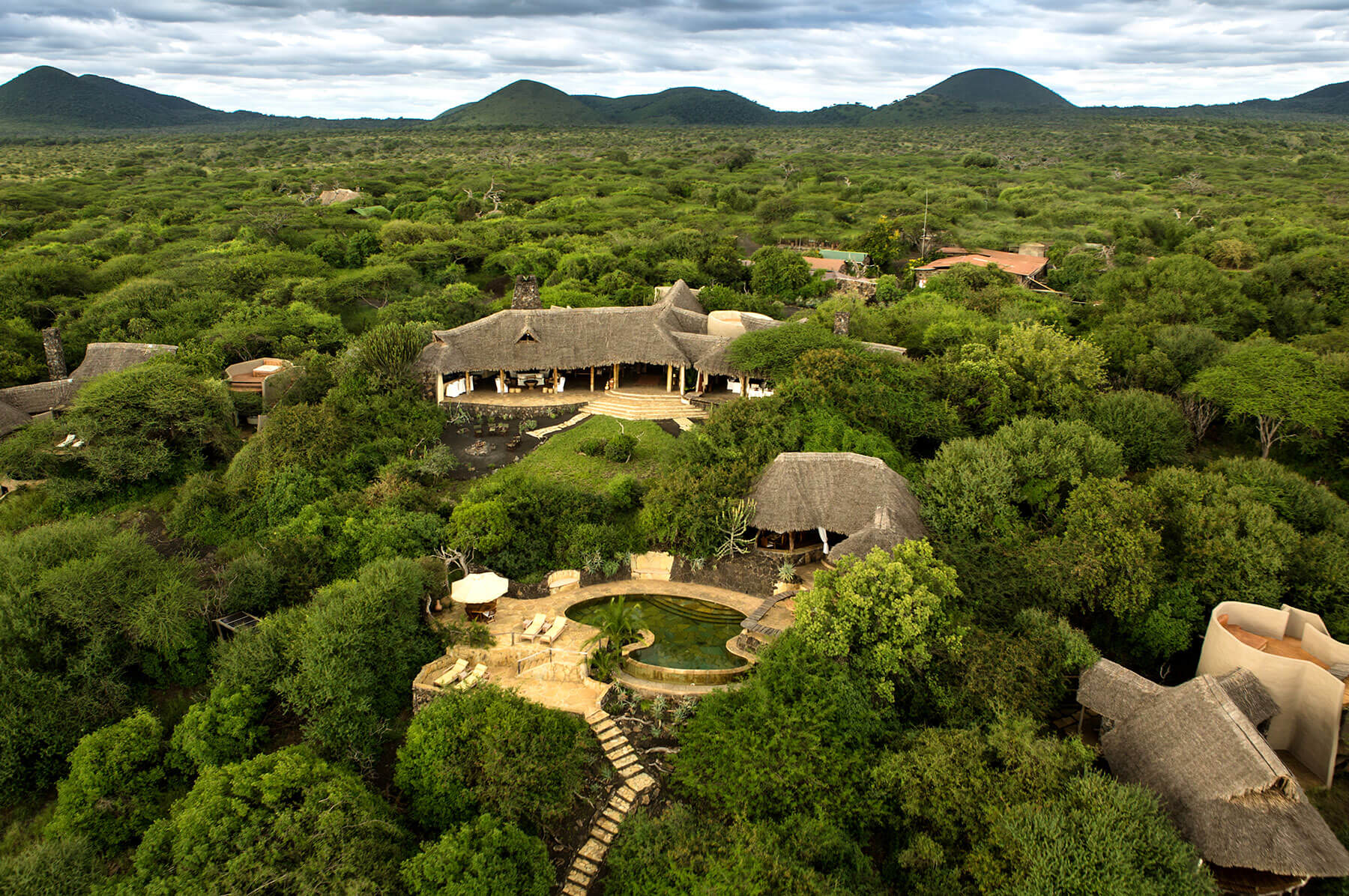
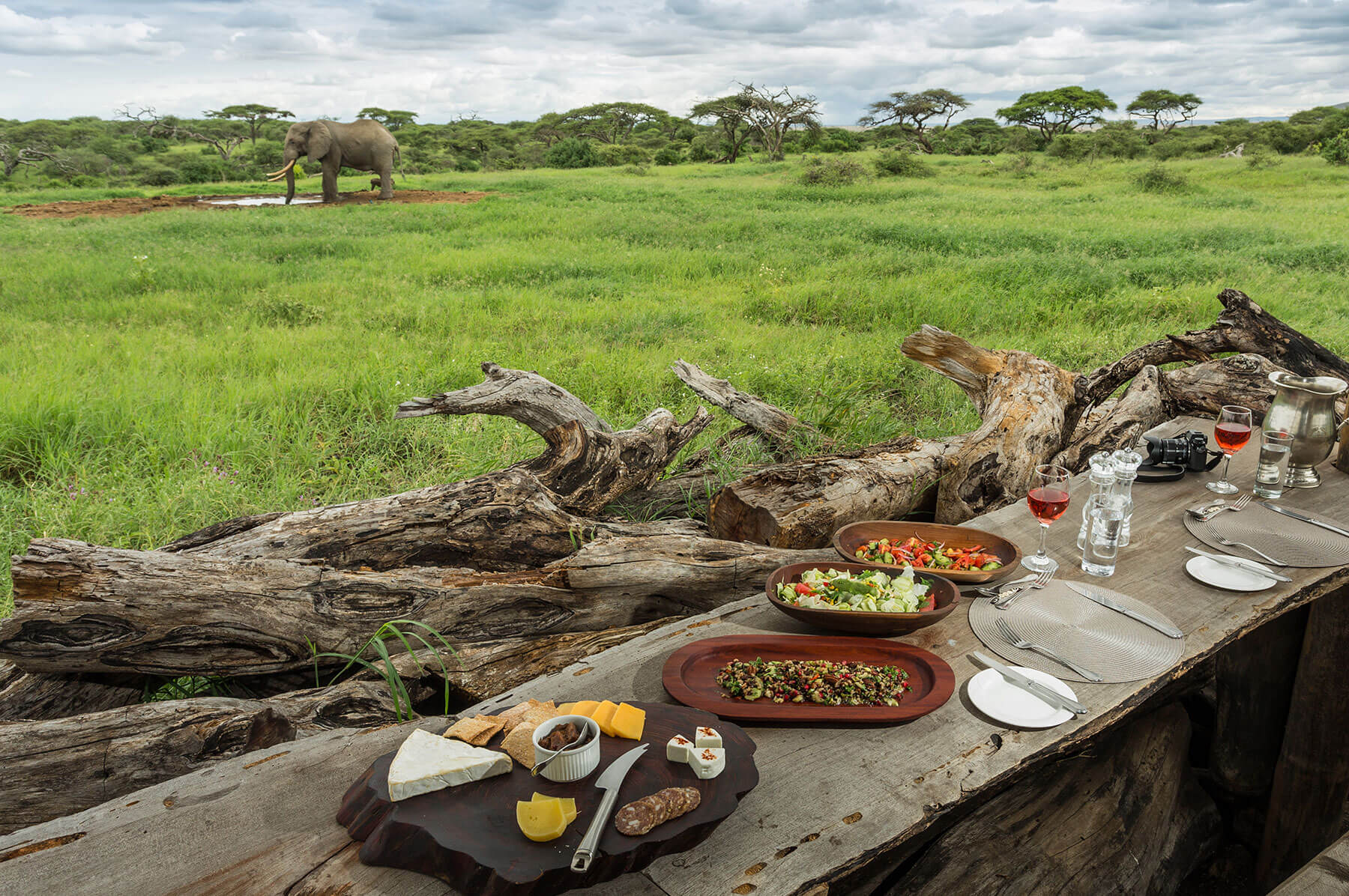
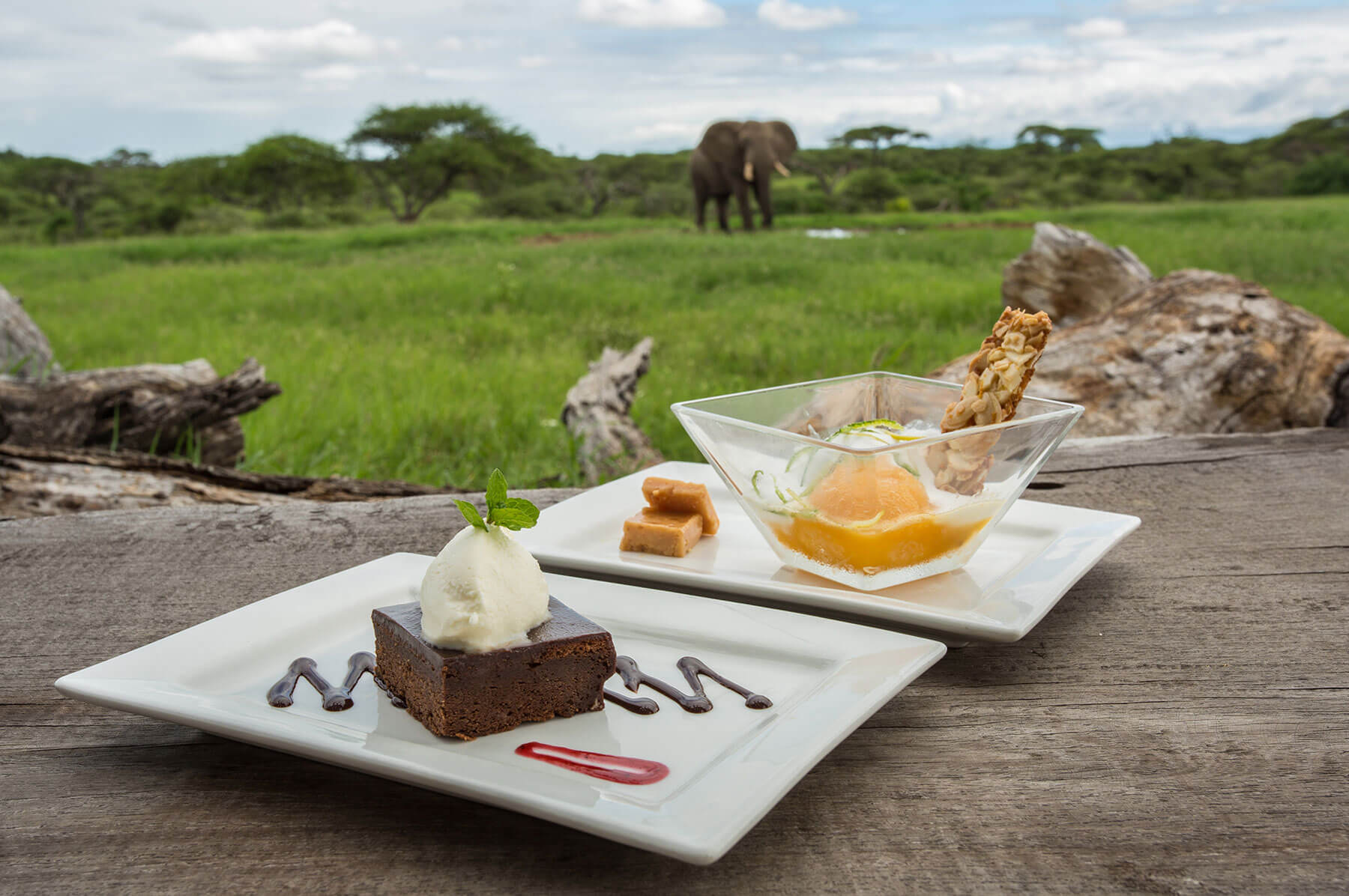

.jpg)
.jpg)
.jpg)
.jpg)
.jpg)
